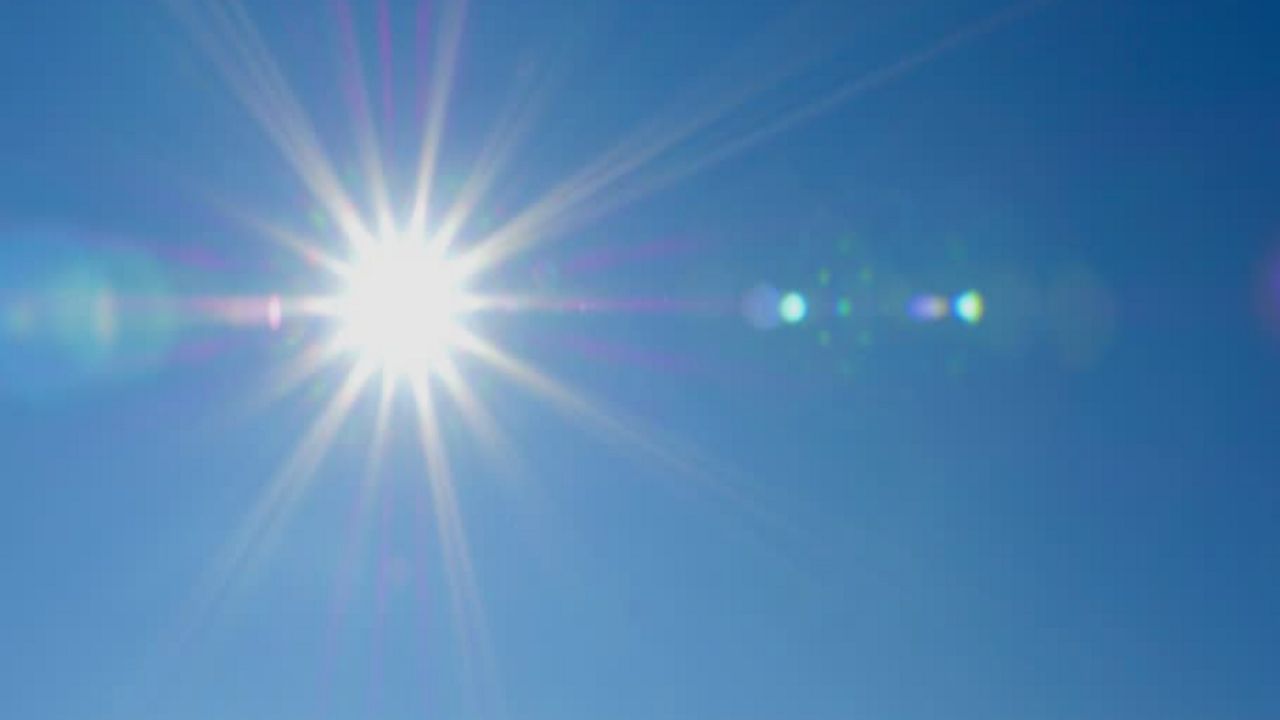We might still be in winter, but that Texas sun can still be plenty strong.
Usually in January and winter months, the atmosphere blocks out some of the harmful UV rays. The MD Anderson Cancer Center says don't let seasonal effects trick you.
If you’re outside, you’re still at risk for skin damage, especially in southern parts of the U.S. like Texas.
So let's look at the numbers and maps from the United States Environmental Protection Agency.
January is when numbers are at their lowest. Indices from 0 to 2 means no protection is needed. You can safely stay outside using minimal sun protection.
But for South Texas, UV values are slightly higher and using protection like wearing sunglasses and even wearing SPF 30+ sunscreen is recommended by the EPA.
In February and March we start to see the values go up to moderate. That’s when the time to burn is approximately 30 to 45 minutes, depending on your skin type.
In April, some values are high and when Texans should reduce sun exposure between 10 a.m. and 4 p.m. Burn time without protection could be 15 to 25 minutes.
By May, most of the state will have very high to extreme exposure. June and July is usually the peak, when burn times are just within 10 minutes.
The values start to fall going into our colder months. You have to wait until November, though, until the point when only minimal protection is required again for most of Texas.
The so-called shadow rule is an easy way to see how much UV expousre you are getting
If your shadow is taller than you are, your UV exposure is likely to be lower.
If your shadow is shorter than you are, you are being exposed to higher levels of UV radiation.










